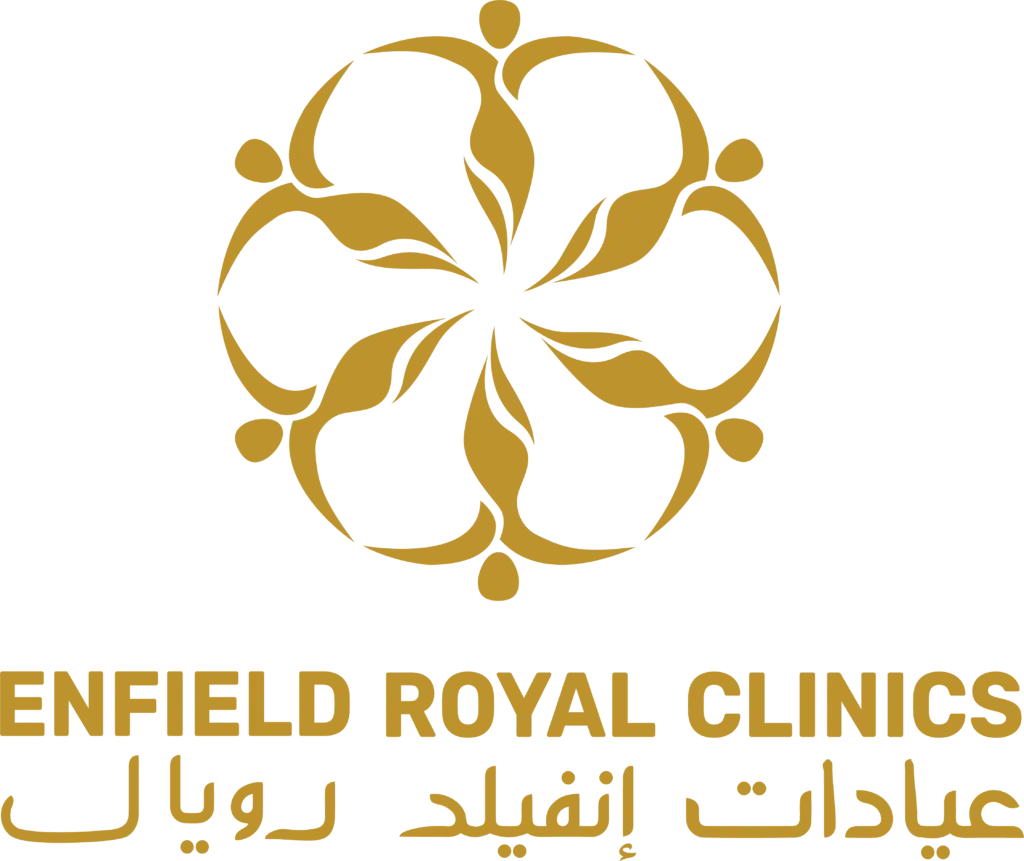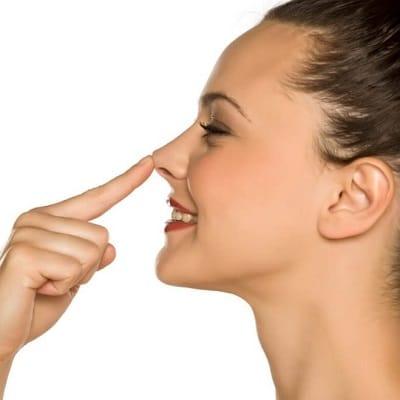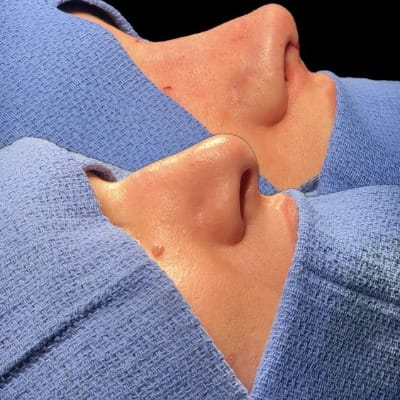One such cosmetic operation is rhinoplasty, which is also known as a nose job. Many individuals are not aware that this surgical operation might also have some worthwhile advantages. People also wonder, Can Rhinoplasty Help Your Breathing? Consequently, we will discuss rhinoplasty and its benefits on this page. Understanding these aspects can help you make decisions about whether rhinoplasty is for cosmetic or medicinal purposes.
Can Rhinoplasty Improve Your Breathing?
By treating various underlying issues, rhinoplasty may help breathing. Functional rhinoplasty may fix the following most often occurring problems. Therefore, the following points will help you to understand Can Rhinoplasty Improve Your Breathing.
Deviated Septum:
The bone and cartilage divide the nasal cavity, creating the nasal septum. When this structure is off-centre or crooked, a deviated septum develops, causing breathing problems.
Solution for a Rhinoplasty: A kind of rhinoplasty, a septoplasty straightens the septum, enhancing nasal channel airflow.
Nasal Valley Collapse:
The nasal valve is the narrowest section of the nasal airway and may collapse from trauma, age, or past surgery, blocking airflow.
Solution for a rhinoplasty: Rhinoplasty strengthens airway stability and, hence, increases breathing. It may either fortify or repair the nasal valves.
Turbinate Hypertrophy:
Structures inside the nose called turbinate humidify and purify the air. Their larger form might obstruct airflow.
Rhinoplasty Solution: Reducing the turbinate size will free more nasal channel space, improving airflow.
Nasal Polyps:
Noncancerous growths called nasal polyps may block nasal passageways and cause breathing difficulties.
Solution for a rhinoplasty: During rhinoplasty, removing nasal polyps helps to open the nasal passageways and enhance breathing.
Trauma or Injuries:
Damage to the nose may lead to structural problems compromising breathing.
Rhinoplasty Solution: Trauma damage may be repaired via reconstructive rhinoplasty, therefore restoring the nose’s look and function.
The Rhinoplasty Operation:
If you are thinking about rhinoplasty to help with breathing, knowing what the operation entails is crucial.
Consultation:
Your surgeon will first review your nasal shape and medical history and know your breathing issues.
The surgeon will create a unique surgical plan based on your particular requirements. This plan may call for further approaches, such as septoplasty, valve reconstruction, turbinate reduction, or other procedures.
Operation:
Ensure your surgeon has functional rhinoplasty expertise and board certification. Discuss potential risks like anaesthetic adverse reactions, haemorrhage, or infection with them. Anticipate realistic results and ensure comfort and painlessness during the procedure. The surgeon will cut across the columella or nostrils, which typically takes one to three hours.
Surgery:
After surgery, swelling, bruising, and pain may occur. Most patients return to work and moderate exercise within one to two weeks, but should avoid demanding activities for four to six weeks. Full healing may take up to a year, with improvements in breathing.
Benefits of Functional Rhinoplasty:
Beyond just cosmetic enhancements, functional rhinoplasty has various advantages:
Enhanced Air Flow:
Correction of structural problems will significantly improve nasal airflow, therefore facilitating breathing.
Superior Quality of Sleep:
Enhanced nasal performance helps treat disorders such as sleep apnea and snoring, improving general health and quality of sleep.
Improved Physical Performance:
Better breathing may improve physical performance, particularly in sports requiring continuous cardiovascular exertion.
Increased Comfort:
Resolving persistent nasal blockages may help to lessen the need for mouth breathing, which can be painful and cause additional problems like sore throat and dry mouth.
Considerations and Dangers:
Although rhinoplasty has several advantages, one should be aware of the possible hazards and factors to be considered:
Selecting an Appropriate Surgeon:
- Ensure the surgeon has functional rhinoplasty expertise and board certification.
- Review before-and-after pictures for handling situations.
- Discuss potential risks like anesthetic adverse reactions, hemorrhage, or infection with the surgeon.
- Anticipate realistic results, as rhinoplasty may not fix all problems.
Conclusion:
Rhinoplasty may certainly help your breathing by treating several structural problems that restrict airflow. Functional rhinoplasty may relieve nasal congestion, nasal valve collapse, deviated septum, or other nasal blockages, therefore improving your quality of life. See a trained surgeon if you are thinking about this operation to discuss your particular requirements and create a customized treatment plan.
Consult with an expert at Enfield Royal PK for expert suggestions about Rhinoplasty. Moreover, you can breathe easier and feel better by gaining both cosmetic and functional advantages.










Leave a Reply